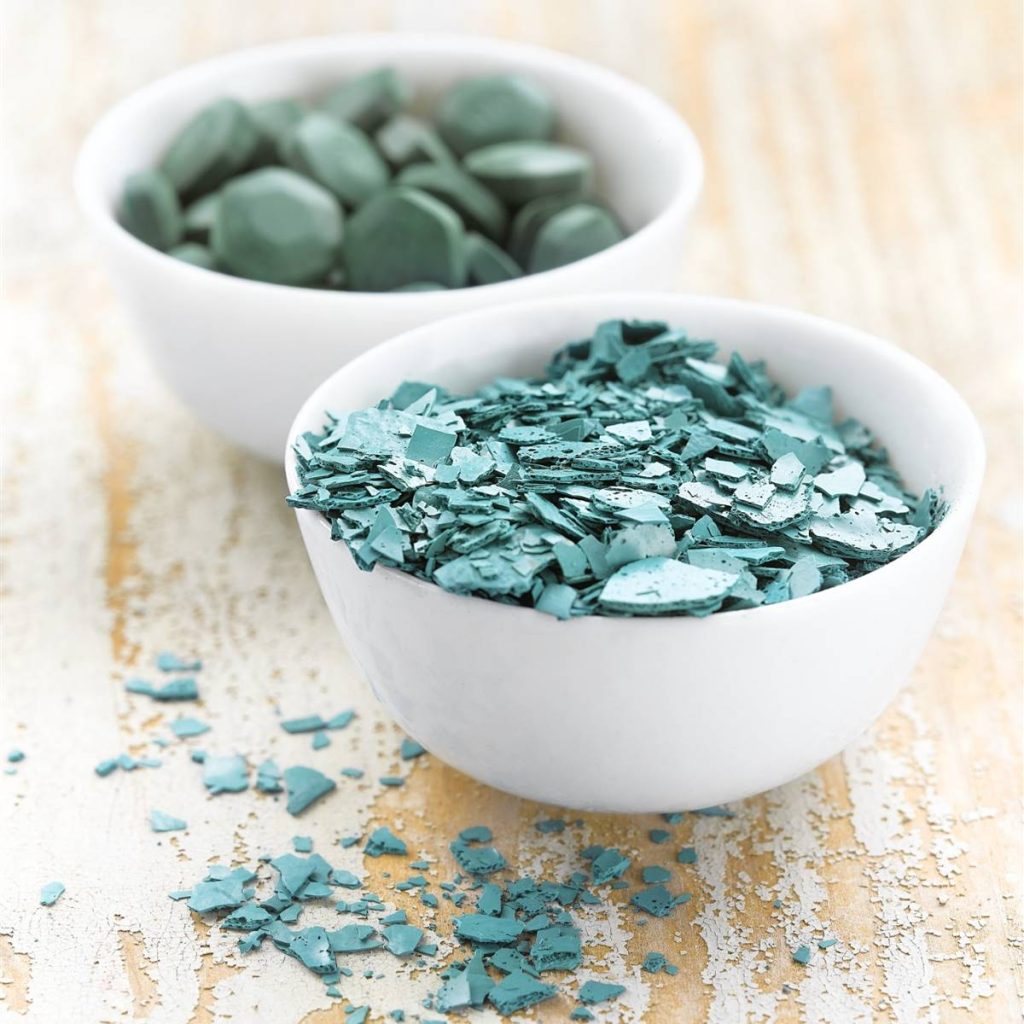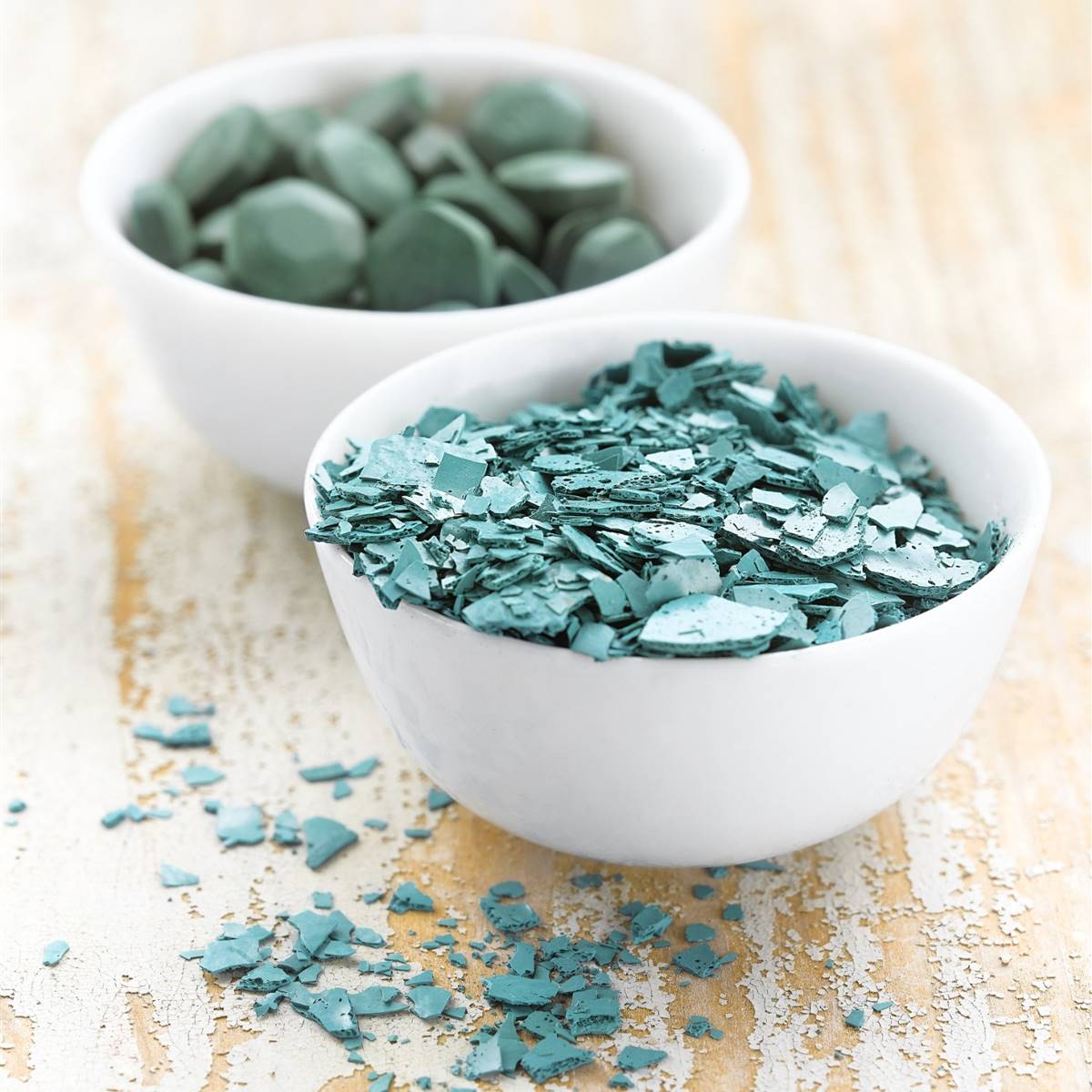Omega-3 fatty acids possess anti-inflammatory properties. You can get them with these delicious plant foods that are especially rich in alpha-linolenic acid, precursor of omega-3.

You don’t need to eat fish to get the omega-3 you need. But if you have doubts about whether you are eating enough plant foods rich in these fatty acids or simply want to make sure you meet your omega-3 needs easily and healthily, take note of these plant foods rich in alpha-linolenic acid. They give you a good dose and then your body transforms that alpha-linolenic acid into EPA and DHA, its bioactive derivatives.
PURSLANE
Purslane is highly prized in the eastern Mediterranean as a salad vegetable for its acidic flavor and crunchy texture.
It has the exceptional amount of 4.5 g of alpha-linolenic acid and is the only land plant that also provides 0.01 g of EPA. Only 30 g covers daily needs.
It is used both raw and cooked or sautéed.
HEMP
Hemp seeds are sold peeled, which provide more nutrients, up to 40% polyunsaturated fats. They contain 10% alpha-linolenic, and its virgin oil, 20%. Two tablespoons of seeds, or one of oil, provide all the omega-3 required per day.
Its delicate flavor is reminiscent of pine nuts. Sprinkle them on salads, breakfasts, cereals, legumes, soups or purees. With them, a rich milk and vegetable pâtés are also made.
EDAMAME
Edamame are the tender seeds of soybeans, before drying them. A serving of 100 g provides up to 0.44 g of alpha-linolenic acid, which means almost a third of the daily needs. In addition, they are rich in complete proteins and isoflavones.
They are usually bought frozen, partially cooked. They are steamed and eaten as an aperitif.
FLAX SEEDS
Flaxseeds are one of the richest plant foods in alpha-linolenic acid (6.32 g/100 g), which is also in a higher proportion than omega-6: the oil extracted from them has 75% omega-3 and 25% omega-6. This ratio in favor of omega-3 to omega-6 helps to compensate for the usual imbalance between these fatty acids in our diet.
This contribution is also very beneficial for the metabolism of prostaglandins -which regulate inflammation-, the production of steroids and the synthesis of hormones.
Flax oil oxidizes easily: once opened it becomes rancid in three days. Mixing it with olive oil extends its conservation. To take the seeds and take advantage of their omega-3, they must be ground and used immediately.
BRUSSELS SPROUTS
Surprisingly, and despite being vegetables, Brussels sprouts add the contribution of alpha-linolenic acid, precursor of the precious fatty acids DHA and EPA. An average serving provides 200 mg, 15% of the daily intake.
Like other cabbages, they provide important sulfur antioxidants, as well as minerals such as calcium and iron or vitamins A, C and K.
RAPESEED OIL
Canola or rapeseed oil has 65% monounsaturated fatty acids, 26% polyunsaturated and only 7% saturated, and is very rich in omega-3, 6 and 9 essential fatty acids. It also provides vitamin E (50 mg/100 g), with antioxidant properties, and chlorophyll, responsible for its slightly greenish tone.
Its high content of omega-3 (10% of its fats) makes it a very balanced food oil.
A tablespoon daily helps prevent cardiovascular diseases, dyslipidemias and atherosclerosis.
NUTS
Walnuts are one of the richest nuts in polyunsaturated fatty acids, but unlike the rest it has a balanced ratio of 5:1 between omega-3 and 6. This gives them a powerful protective effect against cardiovascular diseases.
They also have ellagic acid, which inhibits the development of tumor cells, as well as antioxidants that protect fatty acids and help improve neurodegenerative diseases.
A daily serving of 20 g (5 or 6 peeled and raw nuts) covers the daily needs of omega-3.
They are the perfect snack, along with fresh or dried fruit or vegetable yogurt. They enrich salads, sauces and pasta, and are delicious crushed in pâté. From them a healthy oil is extracted.
SOYBEAN OIL
Soybeans contain 20% oil. This is separated by pressing and has 82% unsaturated fats compared to 18% saturated. Although linoleic acid (omega-6) predominates, with 54% of total unsaturated fatty acids, it also has 20% oleic acid (omega-9) and a significant 8% linolenic acid (omega-3).
Because it is assimilated and digested very well, soybean oil is ideal for those who do not accept olive oil well. However, it oxidizes easily, so it is not considered suitable for frying.
WHEAT GERM
Wheat germ is the most nutritious part of the grain. In addition to being a great source of vitamin E, it provides proteins, enzymes, antioxidants, minerals, B vitamins and essential fatty acids. The oil is obtained by cold pressing the fresh germ.
It contains 61% polyunsaturated fatty acids – of which 10% are omega-3 – 15% monounsaturated and 18% saturated.
It provides multiple benefits: it slows aging, helps control excess cholesterol and triglycerides, strengthens the nervous system and prevents coronary heart disease.
CHIA SEEDS
Along with flax seeds, chia seeds are one of the plant sources with the highest concentration of omega-3. They contain 18% alpha-linolenic fatty acid, which is well preserved thanks to its richness in antioxidants.
They also provide vitamins, minerals, bra and all amino acids. Once in the body a part of the alpha-linolenic acid is transformed into EPA and DHA, the omega-3 fatty acids that make oily fish so recommended. Thanks to its great richness in that acid, chia is an ideal complement for vegetarians and vegans.
Mild flavor, they can be used in many dishes. When moistened, they gelatinize and help thicken sauces,
smoothies and desserts.
One tablespoon of 10 g of crushed seeds covers the daily omega-3 needs.
MICROALGAE
Blue-green microalgae live in fresh waters and have the property of detoxifying the body and providing abundant minerals, vitamins, proteins and fatty acids. The best known are spirulina, chlorella and Klamath.
Lipids represent between 8 and 11%, mainly unsaturated and polyunsaturated fatty acids. Chlorella algae is the richest in alpha-linolenic (omega-3), followed by spirulina and Klamath.
100 g of chlorella contains 2.5 g of linolenic acid and 1.7 g of linoleic, although it should be noted that it is taken in much smaller doses.








